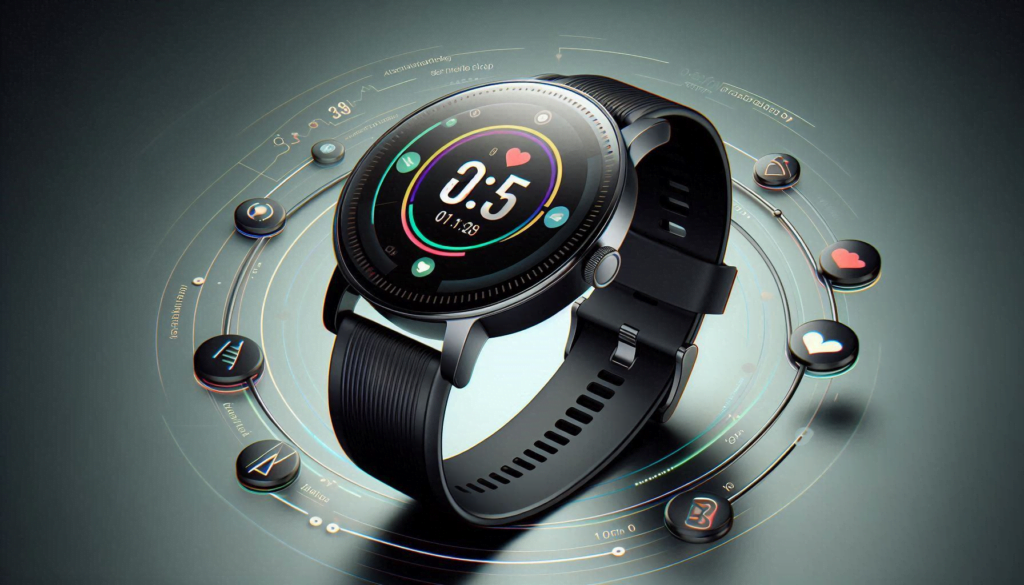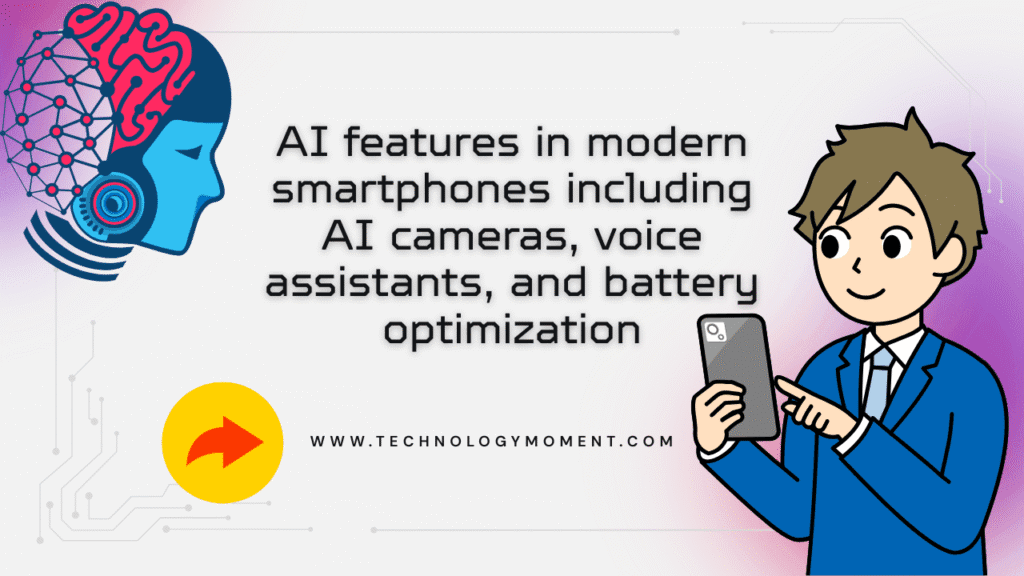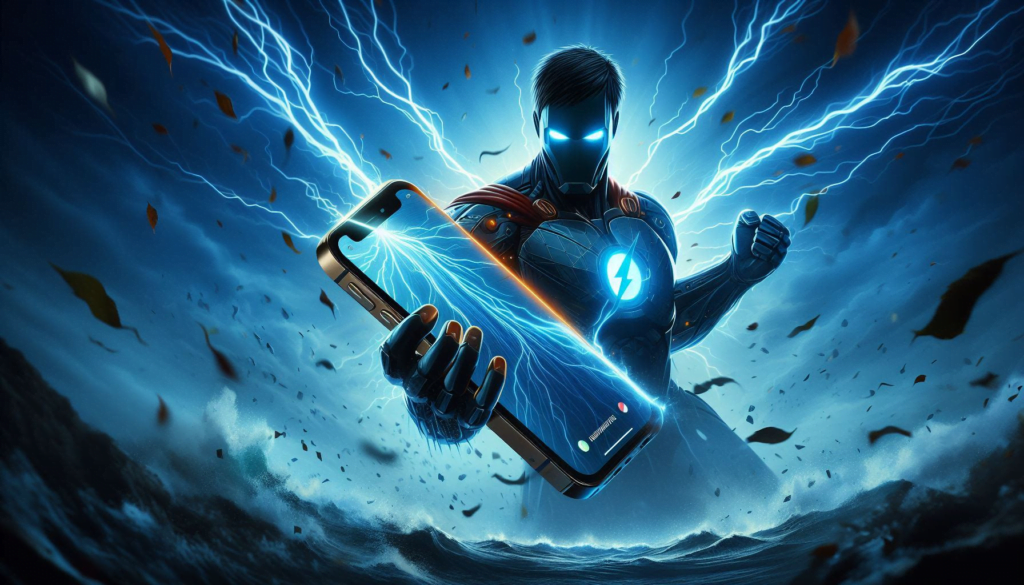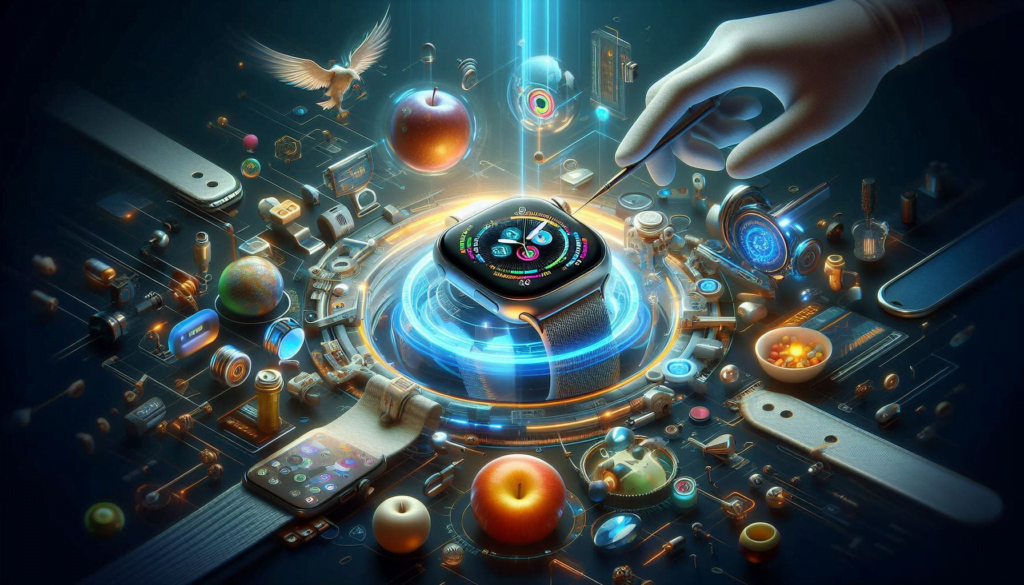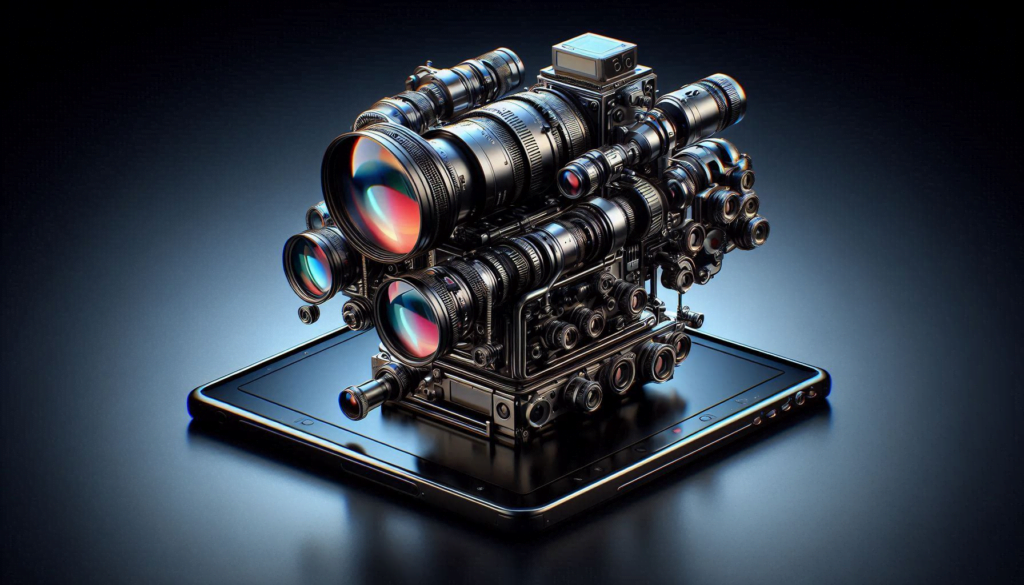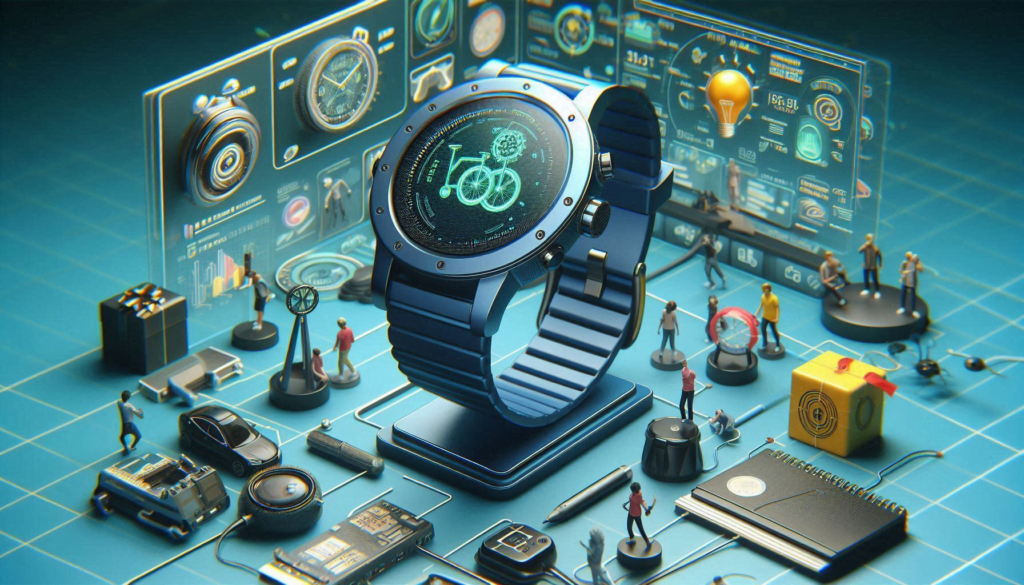
Hey there, tech explorer! You’ve just landed on Technology Moment, the space where we break down the future of technology in simple, relatable words. No jargon, no fluff — just the latest innovations explained in a way that makes sense.
Today, we’re diving into one of the most exciting trends on the horizon — AI Processor Tablets with Edge Inference 2026. Sounds futuristic, right? Well, it’s closer than you think.
Imagine a tablet that doesn’t just run apps but thinks with you. One that understands your work habits, boosts performance, saves battery, and even learns from your daily usage — all without relying on the cloud. That’s the magic of AI processors and edge inference.
In this post, we’ll explore what makes these next-gen tablets so powerful and why 2026 is set to be a turning point for AI-driven mobile computing. You’ll learn how edge AI brings faster processing, stronger privacy, and smoother multitasking right to your fingertips.
So, if you’re a tech enthusiast, a professional always on the go, or just someone curious about the future of smart devices, this guide is for you. Let’s jump in and discover how AI Processor Tablets with Edge Inference are reshaping the way we work, play, and connect in 2026 and beyond.
Understanding AI Processors
Let’s start simple — what exactly is an AI processor?
An AI processor is not just another chip sitting inside your device. It’s the brain behind intelligent actions. It helps tablets, smartphones, and even smart TVs process data the way humans think — fast, accurate, and intuitive. Unlike a regular CPU, which handles general tasks, an AI processor focuses on tasks like recognizing faces, understanding speech, and making predictions instantly.
Traditional processors follow strict instructions. But AI chips can learn from data. They improve over time without being reprogrammed. This is why your device’s camera knows when to enhance a portrait, or your virtual assistant sounds more natural each day.
The heart of these processors lies in Neural Processing Units (NPUs). NPUs are built to handle deep learning models — the same kind used in advanced AI systems. They’re faster and more energy-efficient because they process information in parallel, much like how our brains work.
Big tech companies like Apple, Qualcomm, NVIDIA, and Google are leading the race. Apple’s M-series chips, Qualcomm’s Snapdragon X Elite, and Google’s Tensor chips all show how AI has become the backbone of mobile and tablet technology.
By 2026, AI processors won’t just support apps — they’ll drive them. Every swipe, voice command, and image captured will be powered by smarter, self-learning algorithms. These processors will make tablets not only responsive but also predictive — anticipating what users need even before they act.
The Role of Edge Inference
Now, here’s where it gets even more exciting — edge inference. Think of it as AI happening right where the action is. Instead of sending data to a faraway cloud for analysis, edge inference allows your tablet to process data locally, in real time.
Imagine using your tablet for video editing, gaming, or medical imaging. With edge inference, all the AI calculations — from detecting objects to adjusting brightness — happen instantly on your device. There’s no lag, no delay, and no need for constant internet access.
This approach also enhances privacy and security. Since data stays on the device, your personal information isn’t constantly sent to the cloud. That means your conversations, photos, and biometric details remain safe. It’s like having a mini data center in your hands.
In 2026, tablets with edge inference will enable tasks like real-time translation, gesture recognition, autonomous editing, and even AI-driven education tools without relying on external servers. The combination of AI processors and edge computing is making tablets faster, safer, and far more independent.
Simply put, edge inference makes your device think smarter, respond quicker, and protect better — all at once.
How Tablets Are Adopting AI Processors
Tablets have come a long way — from just being digital notebooks to becoming personal assistants powered by AI. The transition began when companies realized users wanted more than just speed; they wanted intelligence. And AI processors became the key.
Modern tablets now come equipped with AI acceleration units that enhance everything — from app loading speed to personalized recommendations. For instance, your tablet might now understand when you usually watch videos, what kind of lighting you prefer, and how you like your text formatted. It’s not just following orders — it’s learning your habits.
Manufacturers are integrating Neural Processing Units (NPUs) directly into tablet chipsets. This lets them perform millions of AI calculations per second, enabling real-time performance improvements. The beauty of it? All this happens quietly in the background, saving battery while optimizing your experience.
By 2026, AI processors will redefine the tablet experience. They’ll help artists draw with lifelike precision, students translate languages instantly, and professionals analyze data on the go. The world is shifting toward personalized AI experiences, and tablets are becoming the center of that evolution.
Think of it as your tablet knowing you — not just what you do, but how you like to do it.
Key Features of AI Processor Tablets in 2026
If you’re wondering what makes these upcoming tablets stand out, here’s the magic: AI-driven performance blended with real-time intelligence. In 2026, tablets won’t just run apps; they’ll understand them.
The first major feature is ultra-fast on-device learning. Your tablet will adapt to your behavior instantly. It might boost performance during gaming or tone down brightness during reading sessions. All this happens without you lifting a finger.
Second, expect incredible battery optimization. AI processors analyze how energy is used and smartly distribute power. So, your tablet lasts longer — even during heavy use like video editing or streaming.
Third, we’ll see adaptive multitasking. AI tablets will manage background tasks efficiently, keeping the system fast and fluid. You’ll be able to switch between apps, attend meetings, and edit photos seamlessly.
Another exciting area is camera intelligence. With AI processors, tablets will capture photos like professional cameras. They’ll detect lighting conditions, apply filters in real time, and even enhance image depth for AR and VR experiences.
Finally, expect smarter UI experiences. The tablet interface will evolve based on user patterns. For instance, shortcuts, notifications, and layouts will adapt automatically to your needs. It’s personalization taken to the next level.
By 2026, these AI-powered tablets will blur the line between human intuition and machine performance. Whether for work, creativity, or play, they’ll deliver an experience that feels tailor-made — fast, fluid, and future-ready.
Top AI Processor Tablets Expected in 2026
If 2025 was the year of AI smartphones, then 2026 will belong to AI-powered tablets. These next-generation devices will blur the line between laptops and portable assistants. Each major tech company is preparing to unleash its most advanced tablet ever — all built around AI processors with edge inference.
Apple is leading the race with its upcoming iPad powered by the M5 Neural Engine. It’s not just a faster chip; it’s a self-learning system that can predict user actions, manage energy smartly, and handle offline AI tasks like speech recognition and visual search. Imagine editing 4K videos while your iPad suggests improvements in real-time — all without cloud access. That’s the kind of seamless experience Apple aims for.
Samsung is taking a bold step with its Galaxy Tab AI Series. The focus here is on creativity and productivity. With AI-driven display adjustments, adaptive refresh rates, and real-time handwriting analysis, Samsung is turning its tablets into personal work companions that think with you, not just for you.
Then comes Microsoft with the Surface AI Edition. Designed for professionals, this tablet merges Windows’ robust ecosystem with on-device AI computing. Expect advanced multitasking, intelligent meeting summaries, and speech-to-text that works even offline — perfect for the hybrid workplace era.
Google is joining the race too, refining its Pixel Tab with TensorEdge, which will bring deep integration of Google’s AI suite. From language translation to content recommendations and visual assistance, everything will happen locally — fast, private, and reliable.
2026 will be a defining year. These AI processor tablets are not just upgrades; they represent the shift from smart devices to intelligent companions.
Hardware Innovations to Expect
Let’s talk hardware — the heartbeat of every AI-powered tablet. The tablets of 2026 are designed to be thinner, faster, and smarter. But behind that sleek design lies something truly powerful: AI-driven chip architecture.
Manufacturers are focusing on smaller yet more capable chipsets that consume less power while delivering more performance. These new processors come with dedicated neural cores that handle machine learning tasks directly on the device. What does that mean for you? Lightning-fast responses and zero lag in AI-based applications — from gaming to data analysis.
Expect to see quantum-inspired architecture taking shape, too. It won’t be full quantum computing yet, but chip designers are using algorithms inspired by quantum mechanics to make AI inference faster and more energy-efficient. These processors will manage multiple data streams simultaneously — giving tablets a laptop-level power punch in a portable body.
Battery technology is also catching up. Thanks to AI-powered energy prediction models, your tablet will learn your usage patterns and optimize power consumption. Whether you’re streaming videos, editing photos, or attending virtual meetings, your tablet will intelligently balance performance and battery life.
And let’s not forget displays. New OLED and mini-LED panels will adapt brightness and color in real time, guided by AI sensors. This means less strain on your eyes, better outdoor visibility, and visuals that feel almost lifelike.
Simply put, hardware innovation in 2026 tablets is not about adding more features — it’s about creating smarter, adaptive machines that understand how you use them.
Use Cases of AI Processor Tablets
AI processor tablets are not just tech toys; they are shaping how we live, work, and create. Whether you’re a student, designer, gamer, or entrepreneur, there’s something here for you.
For content creators, these tablets are a dream come true. With AI-assisted video editing, automatic color correction, and real-time voice modulation, creative work becomes smoother and faster. You no longer need heavy desktop software; your tablet can now produce professional-grade results.
In gaming, AI tablets will redefine what’s possible. Expect ultra-low latency, frame prediction, and personalized game optimization. The tablet will adjust settings automatically for smooth gameplay — no manual tweaks needed.
Healthcare professionals will also benefit. AI tablets can process patient data on-device, ensuring privacy while providing instant insights. Doctors could use them to scan medical images, detect patterns, or even monitor vital stats — all in real-time.
In education, AI tablets will become personal tutors. They can understand how students learn, adjust difficulty levels, and provide feedback instantly. Imagine a math app that knows exactly where you struggle and changes the approach to help you improve faster.
For business users, AI tablets will boost productivity. From automatic note summarization to real-time translation and meeting insights, they’ll take care of routine tasks while you focus on strategy.
These aren’t futuristic dreams anymore. This is what 2026 looks like — a world where your tablet doesn’t just follow instructions, it anticipates your needs.
Edge AI for Security and Privacy
Let’s face it — privacy is a big deal in the digital age. That’s where edge AI comes in. Unlike traditional cloud computing, where data travels back and forth between servers, edge inference allows your tablet to process everything locally. The result? More speed, more security, and complete control over your personal information.
When your tablet performs AI tasks like facial recognition or voice commands directly on the device, there’s no need to send data to the cloud. That means hackers and third parties can’t easily intercept or misuse your information.
This local processing also improves response time. Think of it like having your own personal AI assistant sitting inside the tablet, rather than relying on a distant server. It’s faster, safer, and far more reliable.
Manufacturers are also embedding hardware-level encryption into AI processors. This ensures sensitive data like passwords, biometrics, and payment details stay protected at all times. Combined with AI-driven anomaly detection, these tablets can instantly detect suspicious activity — and shut it down before it becomes a threat.
In short, Edge AI tablets make privacy practical. You get the intelligence of cloud AI without giving up control of your personal world.
The Global Market Outlook for 2026
Now, let’s zoom out and look at the big picture — the global market. The demand for AI processor tablets is booming. According to industry analysts, sales are expected to surge by over 40% compared to 2025. The rise of hybrid work, remote education, and content creation is fueling this wave.
In the United States, AI tablets are quickly replacing traditional laptops in education and business sectors. Meanwhile, Asia, led by countries like China, South Korea, and India, is becoming a hub for AI chip manufacturing and affordable innovation. Europe is following close behind, prioritizing eco-friendly AI devices that balance performance with sustainability.
Big tech companies are collaborating like never before. Chipmakers, software developers, and cloud providers are working together to build a seamless AI ecosystem that connects tablets, smartphones, and IoT devices. This is the foundation for the AI-driven future of computing.
By 2026, expect to see tablets that don’t just perform tasks but learn from them — making work, play, and communication more personal than ever before.
The global trend is clear: AI processor tablets are not just a niche innovation; they’re the new standard. The world is ready, and 2026 is the year they take center stage.
How AI Tablets Are Shaping the Future of Work
The future of work is changing faster than ever, and AI-powered tablets are leading that transformation. Gone are the days when tablets were just entertainment gadgets. In 2026, these devices are evolving into intelligent work companions that understand you, adapt to your workflow, and even anticipate your next move.
Imagine walking into a meeting with your AI tablet. It automatically connects to your presentation, adjusts the lighting, and starts taking smart notes in real time. That’s not science fiction — that’s edge inference in action. Edge AI means your device processes data directly on the tablet, so it’s fast, secure, and completely personal.
These tablets help professionals work smarter. Graphic designers use AI tablets for auto-enhanced creativity. Content creators rely on them for instant video editing and scene optimization. Even remote workers benefit from real-time translation, virtual assistants, and predictive scheduling.
AI tablets don’t just increase productivity — they redefine it. With features like voice recognition, contextual learning, and emotion-aware systems, these tablets create a personalized digital workspace. Whether you’re a CEO, freelancer, or student, your device learns your habits, adapts to your needs, and helps you achieve more in less time.
By 2026, we’ll see AI tablets integrated into hybrid workspaces. Picture a world where your tablet syncs with smart glasses or virtual desktops, letting you collaborate seamlessly from anywhere. It’s not about replacing humans; it’s about empowering them to think bigger and work better.
Challenges and Limitations
Every innovation comes with challenges, and AI processor tablets are no exception. While they sound futuristic, there are hurdles to overcome before they become mainstream.
The first challenge is cost. AI chips are expensive to design and produce. The advanced neural processing units (NPUs) that enable on-device learning require high-end materials and precision manufacturing. This means AI tablets may initially be priced higher than traditional ones, limiting accessibility for some users.
Another big concern is software compatibility. Many existing apps aren’t yet optimized for AI-driven hardware. Developers need time to rewrite and train their software for real-time inference and edge learning capabilities. Until then, users might face performance gaps or limited functionality.
Then there’s battery life. AI tasks can be power-hungry. Running heavy inference models on-device requires energy-efficient optimization, something manufacturers are still perfecting. Without the right balance, tablets could heat up or drain quickly during demanding tasks like video rendering or AI-based simulations.
Lastly, we can’t ignore privacy and ethical concerns. Edge inference improves data security by keeping information local, but the amount of personal data processed raises new questions. How much control do users have? Can AI be biased in its predictions? These are issues that must be addressed through stronger AI governance and transparent data policies.
Despite these challenges, innovation never stops. Tech giants and startups are collaborating to create solutions — from lightweight chips to AI-friendly frameworks. The journey might be complex, but the potential is immense.
Future Trends Beyond 2026
The year 2026 is just the beginning. As AI processor tablets mature, they’ll open doors to even more exciting possibilities that go far beyond what we imagine today.
One major trend will be generative AI integration. Tablets won’t just analyze data — they’ll create it. Imagine sketching a logo, and your tablet instantly generates five professional versions in seconds. Or dictating an idea, and your tablet drafts a polished presentation on its own. Generative AI will make creativity effortless.
We’ll also see voice-first interfaces becoming dominant. Typing may soon feel outdated as people interact with their devices using natural conversation. With multilingual and emotional understanding, tablets will respond not only to what you say but how you feel.
Another groundbreaking direction is real-time collaboration powered by AI cloud syncing. Picture multiple users editing a 3D design or research report simultaneously — with the AI predicting and suggesting next steps to improve efficiency.
Quantum-inspired AI chips could also become mainstream after 2026. These chips will process data millions of times faster than current NPUs, making AI tablets ultra-responsive and incredibly energy-efficient.
In short, AI tablets are evolving into intelligent ecosystems. They’ll connect with other smart devices, learn across networks, and create personalized digital worlds tailored to each user’s needs. The future won’t just be mobile — it’ll be AI-driven mobility.
Conclusion
AI processor tablets with edge inference are not just gadgets — they’re gateways to the next phase of human productivity. In 2026, they’ll bridge the gap between intelligence and accessibility, enabling us to think faster, work smarter, and connect deeper.
While challenges like cost, power use, and ethics remain, the progress is unstoppable. The shift from cloud to edge, from passive screens to proactive assistants, marks a new era in technology.
As AI becomes more human-like and tablets more intuitive, our relationship with technology will transform from dependency to collaboration. The future of tablets isn’t about what they can do — it’s about what you can achieve with them.
FAQs
What makes AI processor tablets different from normal tablets?
AI tablets use special chips with neural processing units (NPUs) that handle artificial intelligence tasks directly on the device. This allows faster, smarter, and more secure performance compared to regular tablets.
Which brands are leading the AI processor market?
Companies like Apple, Samsung, Google, and Qualcomm are investing heavily in AI-driven processors. Apple’s M-series and Google’s Tensor chips are already setting new standards in intelligent computing.
How does edge inference improve performance?
Edge inference means the tablet processes data locally instead of sending it to the cloud. This reduces lag, enhances privacy, and delivers instant responses — ideal for tasks like image recognition, translation, and video analysis.
Are AI processor tablets more expensive?
Initially, yes. The advanced hardware and AI software integration increase the cost. However, as technology scales, prices will become more affordable, similar to how smartphones evolved.
Will AI tablets replace laptops in the near future?
Not completely, but they’ll definitely challenge them. With powerful chips, multitasking capabilities, and accessories like keyboards and styluses, AI tablets can handle most professional and creative tasks with ease.

